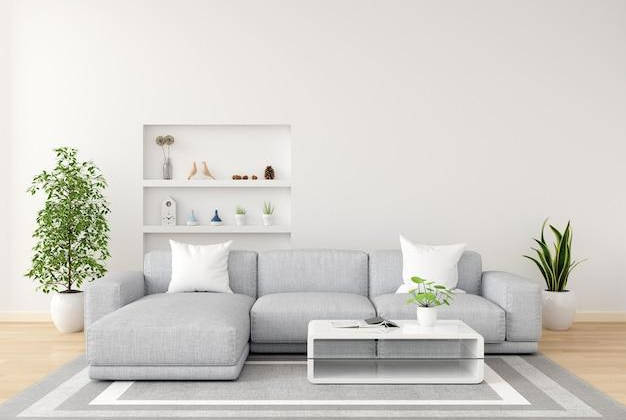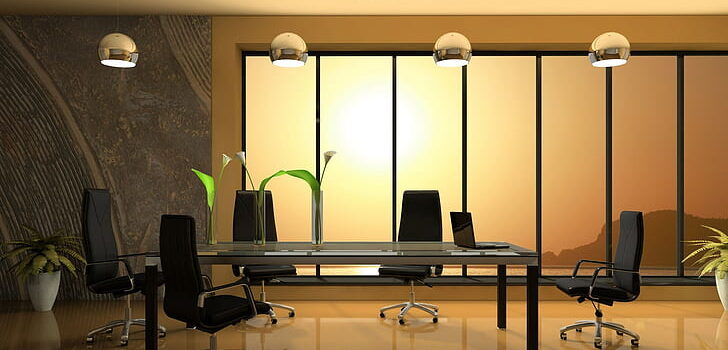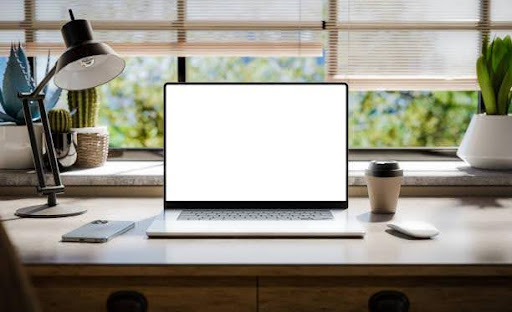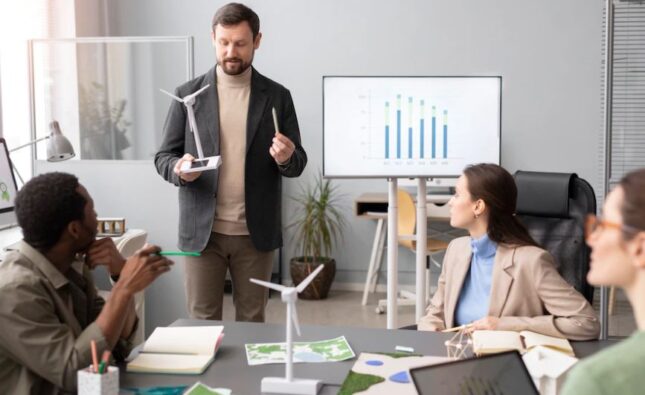
In the contemporary workplace, the concept of office partitions has transcended mere physical barriers. No longer are they solely functional dividers to delineate space; instead, they have evolved into multifaceted elements that seamlessly integrate functionality with aesthetics. This transformation underscores the importance of creating dynamic work environments that not only optimize productivity but also inspire creativity and foster well-being. In this article, we delve into the realm of innovative integration within office partition systems, exploring how the fusion of functionality and aesthetics is shaping the modern workplace landscape.
Traditionally, office partitions were characterized by rigid structures, often devoid of visual appeal. Their primary purpose was to provide privacy and organization within an office space. However, as the dynamics of work environments have evolved, so too have the expectations surrounding office design. Today’s workforce craves spaces that are not only conducive to collaboration but also reflective of the company’s culture and values. Consequently, office partition systems have undergone a metamorphosis to meet these demands.
One of the key drivers behind this evolution is the recognition of the profound impact of the physical environment on employee well-being and performance. Studies have shown that well-designed workspaces can enhance creativity, reduce stress, and improve overall satisfaction. With this in mind, companies are increasingly investing in office design strategies that prioritize both functionality and aesthetics.
Innovative integration in office partition systems is characterized by a holistic approach that considers various aspects, including design, materials, technology, and sustainability. At the forefront of this movement are solutions that blur the lines between traditional partitions and architectural elements, creating fluid and adaptable spaces that can easily evolve to meet the changing needs of the workforce.
One notable trend in modern office partition systems is the emphasis on flexibility and modularity. Unlike their static predecessors, contemporary partitions are designed to be highly customizable, allowing for easy reconfiguration to accommodate different work styles and activities. This flexibility not only promotes collaboration and communication but also empowers employees to personalize their work environment according to their preferences.
Moreover, innovative integration extends beyond functionality to encompass aesthetics that elevate the visual appeal of the workspace. Designers are leveraging advanced materials, textures, and finishes to create partitions that are not only visually striking but also complement the overall design language of the office. Whether it’s sleek glass panels, natural wood accents, or vibrant fabric inserts, these elements add a touch of sophistication and style to the workspace.
Technology plays a crucial role in enhancing the functionality of modern office partition systems. From integrated sound masking and lighting controls to movable walls with automated mechanisms, technology-driven solutions are revolutionizing the way partitions are utilized in the workplace. These advancements not only improve the user experience but also contribute to greater energy efficiency and sustainability.
Furthermore, sustainability has become a central consideration in the design and manufacture of office partition systems. With growing awareness of environmental issues, companies are increasingly seeking solutions that minimize their carbon footprint and promote eco-friendly practices. This has led to the development of partitions made from recycled materials, as well as innovative designs that optimize natural light and ventilation.
Incorporating biophilic elements into office cubicle partition systems is another emerging trend that underscores the importance of connecting with nature in the workplace. Green walls, living partitions, and natural materials not only enhance the visual appeal of the workspace but also have been shown to improve air quality, reduce stress, and increase productivity.
In conclusion, innovative integration in office partition systems represents a paradigm shift in the way we perceive and utilize workspace design. By blending functionality with aesthetics, these solutions are redefining the modern workplace, creating environments that inspire creativity, foster collaboration, and promote employee well-being. As organizations continue to prioritize the importance of the physical workspace, we can expect to see further advancements that push the boundaries of design innovation in the years to come.










